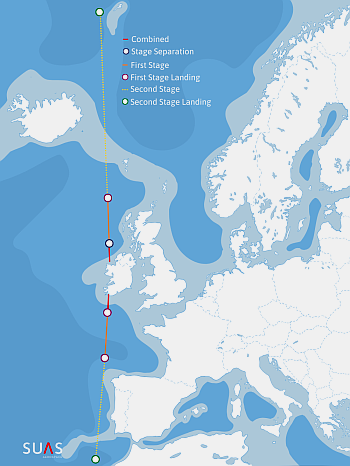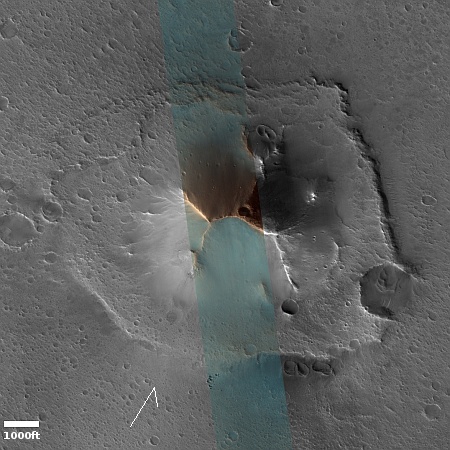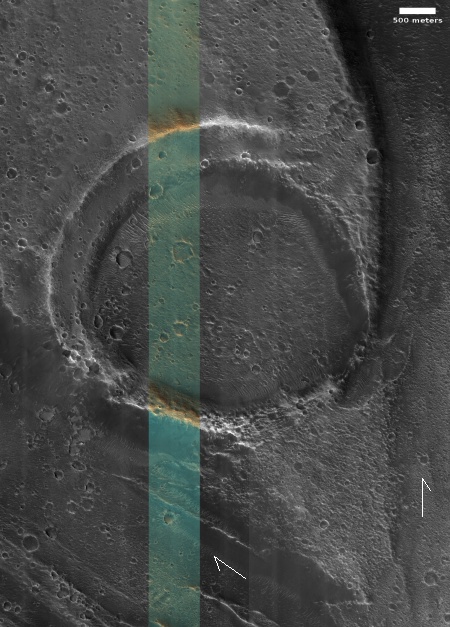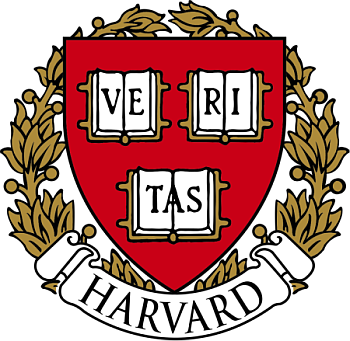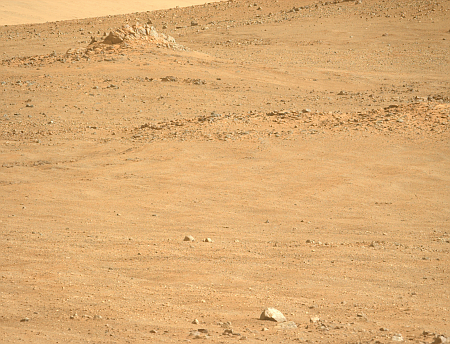SpaceX launches reconnaissance satellite for NRO
SpaceX earlier today successfully launched a reconnaissance satellite for the National Reconnaissance Office (NRO), its Falcon 9 rocket lifting off from Vandenberg in California.
The first stage completed its 21st flight, landing on a drone ship in the Pacific.
The leaders in the 2024 launch race:
104 SpaceX
48 China
11 Russia
11 Rocket Lab
American private enterprise now leads the rest of the world combined in successful launches 121 to 71, while SpaceX by itself now leads the entire world, including American companies, 104 to 88.
SpaceX earlier today successfully launched a reconnaissance satellite for the National Reconnaissance Office (NRO), its Falcon 9 rocket lifting off from Vandenberg in California.
The first stage completed its 21st flight, landing on a drone ship in the Pacific.
The leaders in the 2024 launch race:
104 SpaceX
48 China
11 Russia
11 Rocket Lab
American private enterprise now leads the rest of the world combined in successful launches 121 to 71, while SpaceX by itself now leads the entire world, including American companies, 104 to 88.




